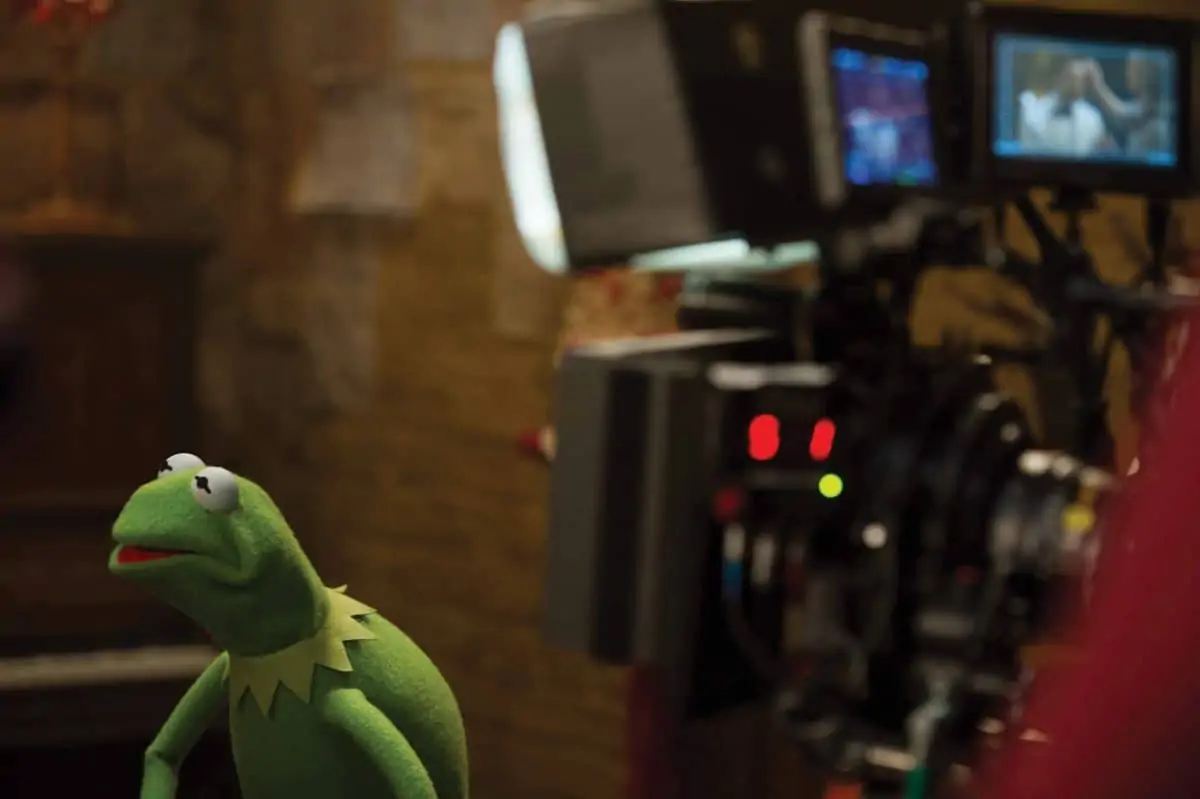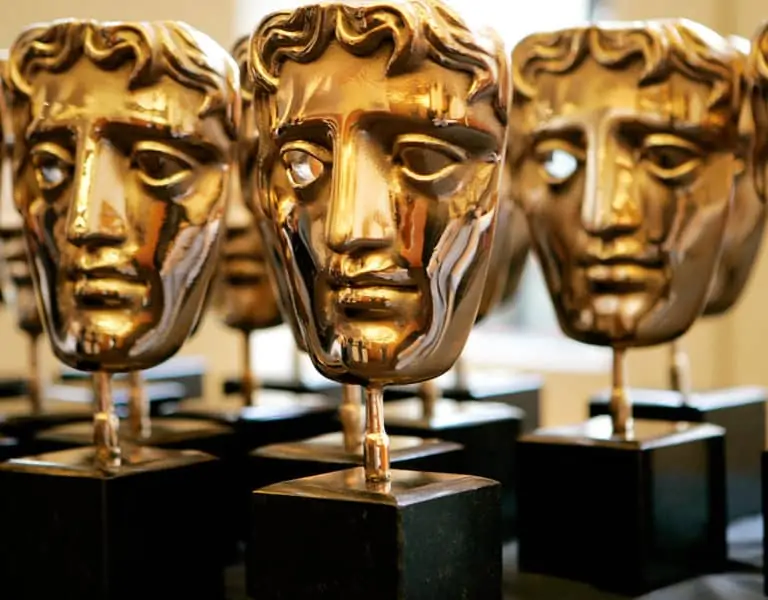Call my bluff
Don Burgess ASC / Allied
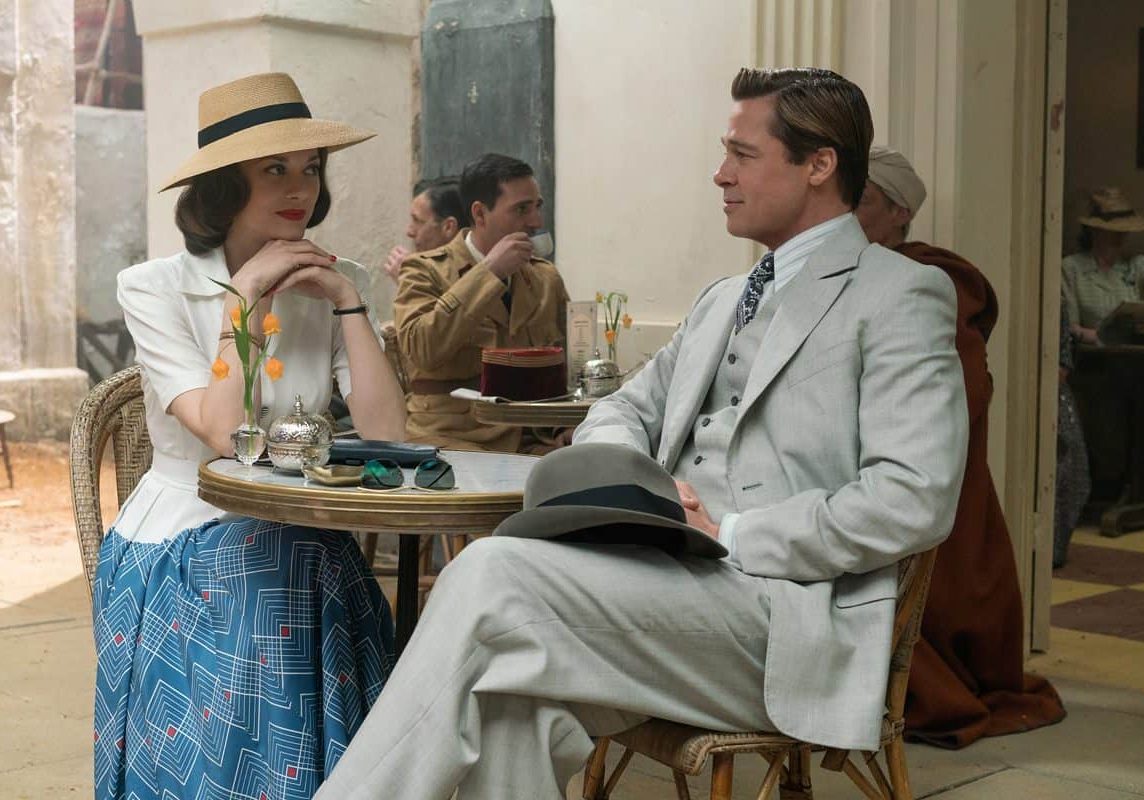
Call my bluff
Don Burgess ASC / Allied
BY: Debra Kaufman
Director Robert Zemeckis’ new film Allied pairs Brad Pitt and Marion Cotillard as assassins charged with killing a Nazi official in 1942 North Africa. They fall in love, marry – and then one of them discovers the other is a double agent. For the movie, Zemeckis brought in his long-time cinematographer Don Burgess ASC, who says he begins the process by reading the script a few times.
“We usually sit down, have dinner and talk about it philosophically, the larger themes of what the project is about,” he explains. “I get his take on the film, discuss things I discovered in the script and make sure I’m on the right path. As a cinematographer, I appreciate talking through a movie and, when scouting locations, working through what the movie is about and what shots are needed to tell that story.”
For Allied, Burgess created six different looks, from the warm tones of North Africa in the movie’s early scenes to the darker bombed-out London.
“As Brad Pitt’s character discovers what’s true and what isn’t, he becomes more isolated from the world, his friends and family,” says Burgess. “Bob suggested that, in that isolation, we should get longer on the lenses. In these six different sections, each has a colour and lens representation as a guide, and we slowly got into longer lenses to isolate the character into his world where he has no one to trust and nowhere to go.”
With regard to the camera, Burgess tested the 6K RED Weapon and says, “it was working for me on all levels. It had the right feel. It’s nice to have a camera that is small and light, and to have a 6K image to work with. The 2.4:1 aspect ratio allowed me to reduce it 10 percent and correct some of the framing in post. It also allows the bigger chip for a lot of the visual effects work.”
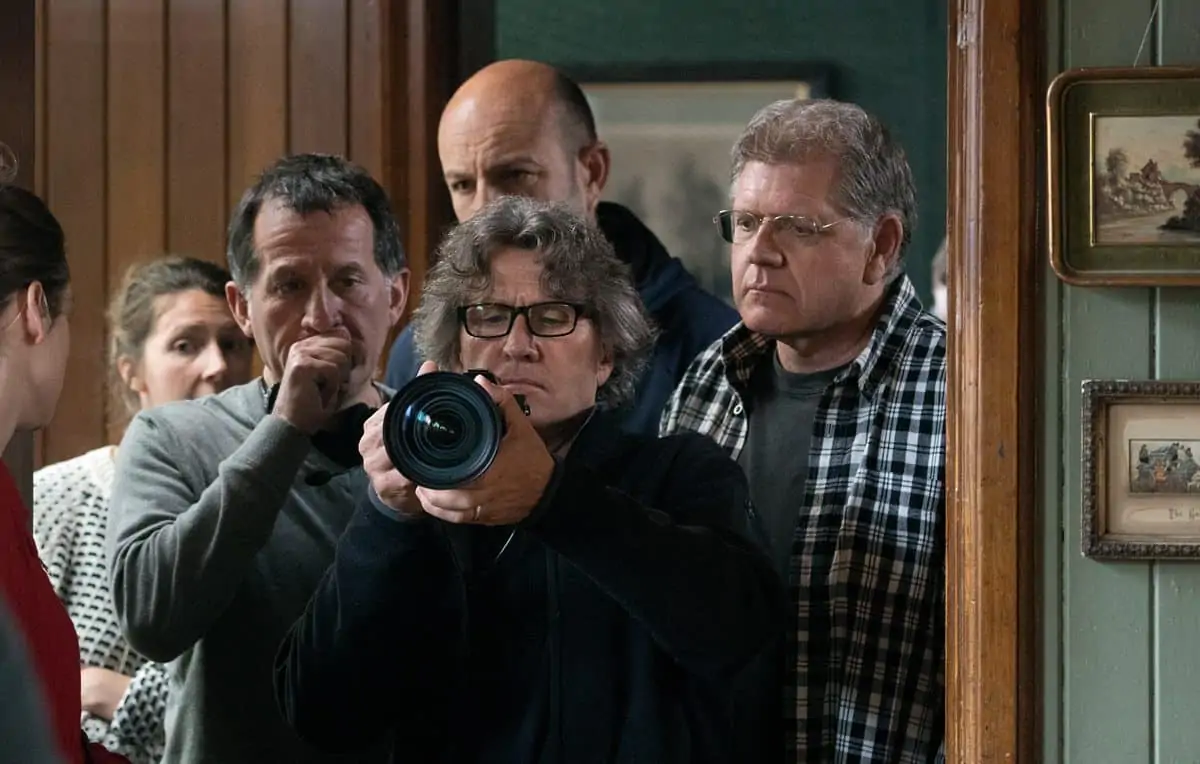
Burgess bought two RED camera bodies, which he brought to the UK for the production. Panavision London provided the lenses and the rest of the gear. That included Leica Summicron lenses in the 20-28mm range, and a Summilux 40mm for a nighttime scene. Burgess also brought his own Nikon Nikkor T-200mm lens.
The production used RED’s 8K Weapon for some background plates, especially for scenes in war-torn London.
Locations were carefully chosen. “We shot in the Canary Islands for the desert, and we recreated an old city as Casablanca,” says Burgess. In London, Zemeckis and Burgess, along with production designer Gary Freeman and VFX supervisor Kevin Baillie, searched for locations where they could utilise the foreground and only have to replace or enhance backgrounds.
“You put this puzzle together, and it’s quite challenging to pull off that time period,” says Burgess. “We huddled-up and figured out what exists, what to build and what to take to stage.”
The scenes in Casablanca have “the classic 1940s look,” he says. “That era had some of the most wonderful styles in architecture, clothes and cars, and that all played into the beginning of the movie. We brought out the beauty of the era, as the two characters meet and fall in love in Casablanca.” And, yes, Zemeckis and Burgess did joke about Casablanca (1942, DP Arthur Edeson).
“We’re both old film buffs,” Burgess says. “It’s always fun to tip a nod to classic cinema. There’s no relationship, but there is that kind of connection.”
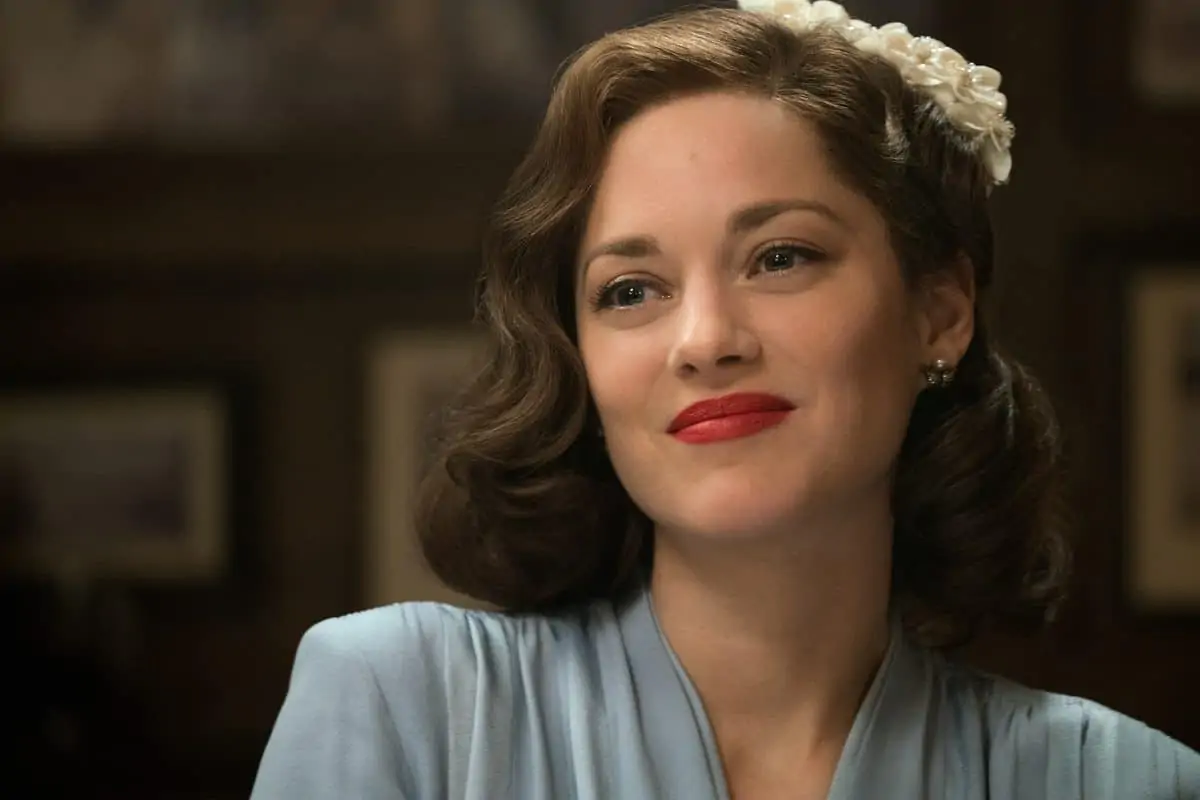
"(Robert Zemeckis) has a great energy and is able to communicate to everybody. It feels great to be part of the filmmaking process like this one when you’re working with a real filmmaker. It reminds me why I’m doing this in the first place."
- Don Burgess ASC
Burgess and Zemeckis did not look at any other films with regard to designing Allied, but Burgess says they referenced Lawrence Of Arabia (1962, DP Freddie Young) in creating “a David Lean feeling” for North Africa.
“The colours were golden, sunrise, sand dunes,” he says. “And it was also about a man alone in the desert.” The only movies Burgess did look at to prepare for Allied were ones starring Cotillard and Pitt.
The production shot on several stages in the UK, including the George Lucas Stage at Elstree Studios, the Gillette Building in West London and a massive hangar at the former Royal Air Force station in Cardington, in Bedfordshire.
“The Gillette Building worked for a lot of the smaller sets, but not the bigger ones,” explains Burgess. The movie’s climactic finale takes place on an airfield, in pouring rain, which is when the production moved to Cardington. That latter scene – a chase that ends up at an aircraft – proved one of the movie’s most challenging.
“It was important for Bob, to have control so he could get the actor’s performance, so we had the actual confrontation on stage,” says Burgess. “We shot scenes at the [outdoor] facility and then moved on stage with aircraft, automobiles and all these people and made it feel like it’s all taking place at the real airfield.”
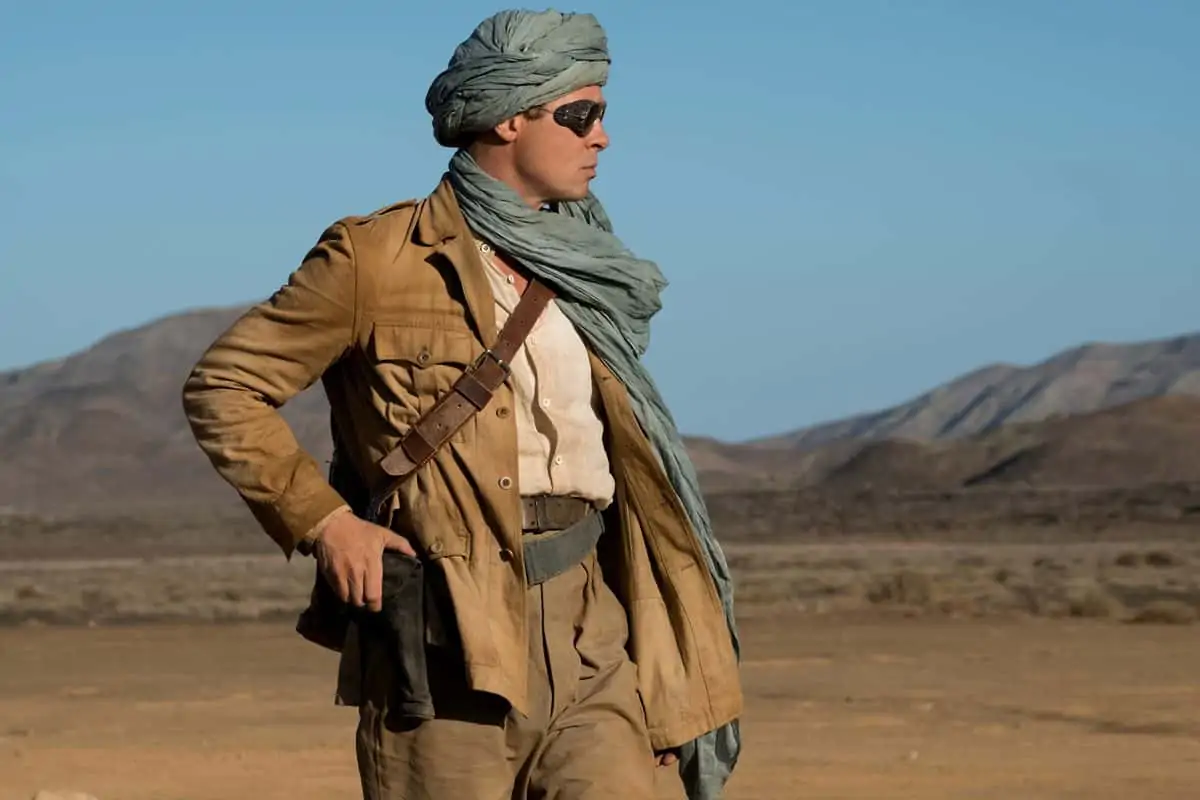
To block and light the scene, complete with rain, Zemeckis and Burgess first determined how big a space they required.
“We needed a lot of height and we needed a lot of rain,” says Burgess. “We had to make sure we could drain the rain, and that we could hang hundreds of lights in this very large hangar with an enormous piece of diffusion, 100 feet in each direction.”
Burgess used hundreds of Skypanel LED lights, which enabled him to control the light, color and density in a very natural way. Zemeckis’ penchant for planning came into play on this scene. The art department built a model of the facility, with small airplanes and cars.
“We laid out the shot, talked about lights and figured out illumination and colour temperature on paper,” says Burgess. “Then there was probably a good week of rigging that took place.”
Other concerns were rain covers for the cameras, sometimes with spinners on the front. The result gave Zemeckis the control – and the result – he wanted.
“Bob is one of the finest directors working today,” says Burgess, who was in the DI grade at Light Iron with colorist Corinne Bogdanowicz at the time of writing. “With Bob, there is a captain at the helm. He has a great energy and is able to communicate to everybody. It feels great to be part of the filmmaking process like this one when you’re working with a real filmmaker. It reminds me why I’m doing this in the first place.”
